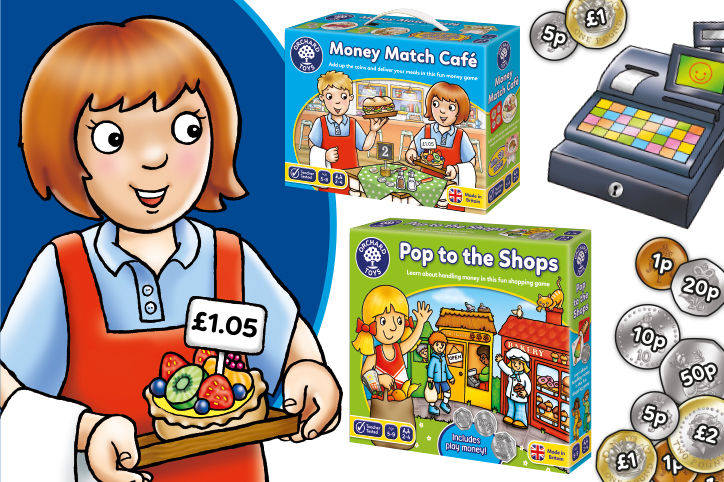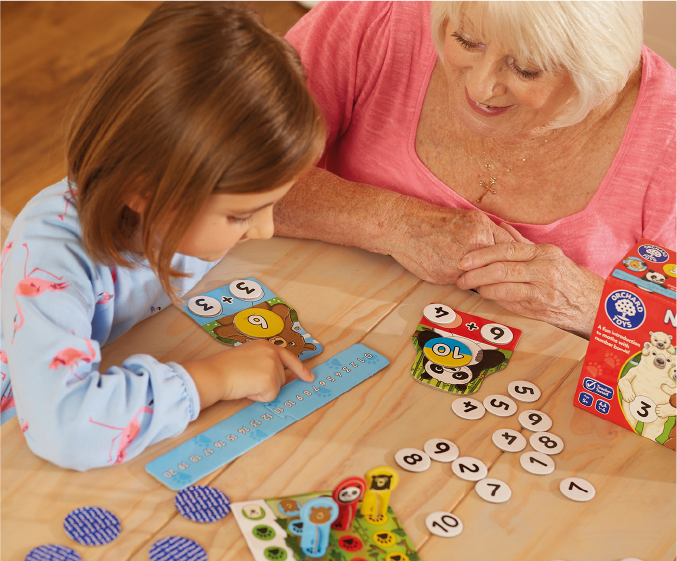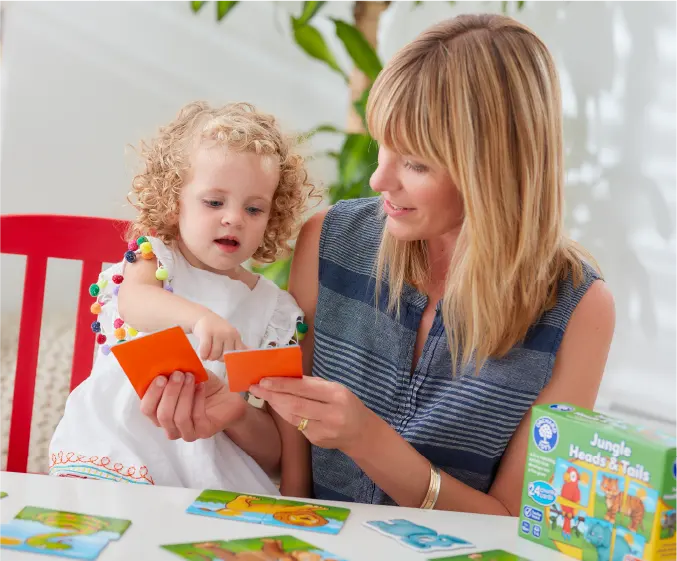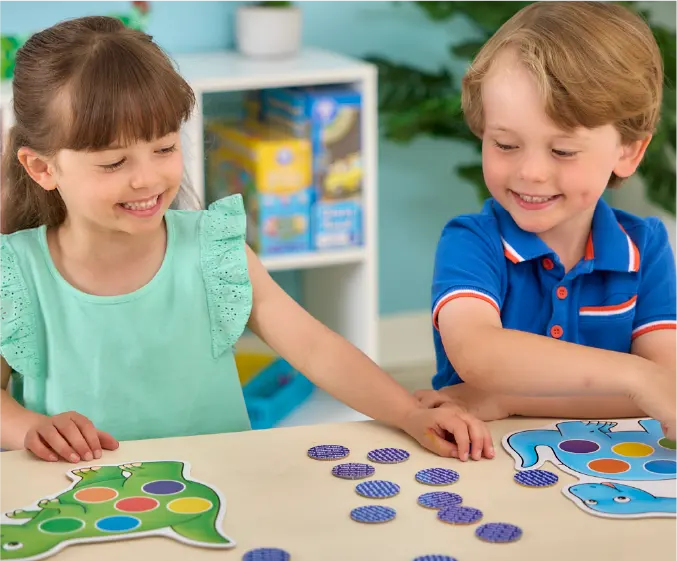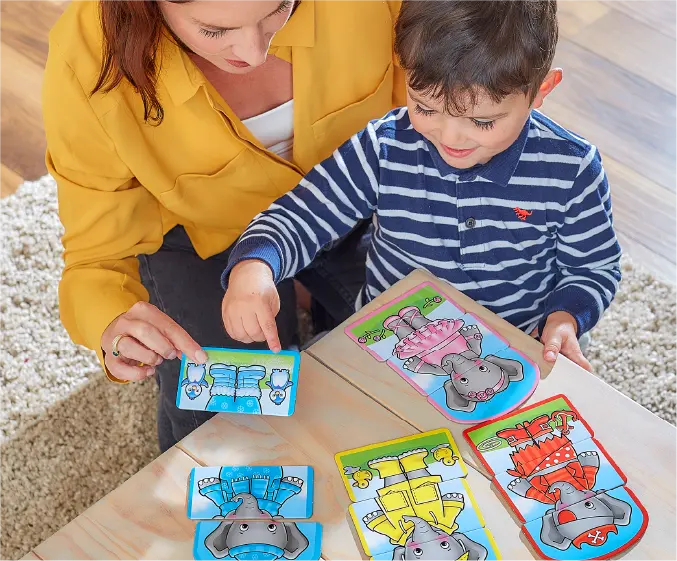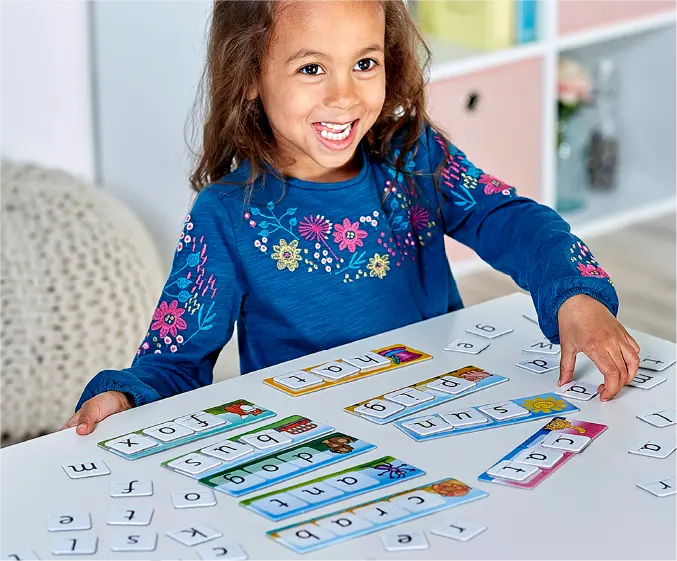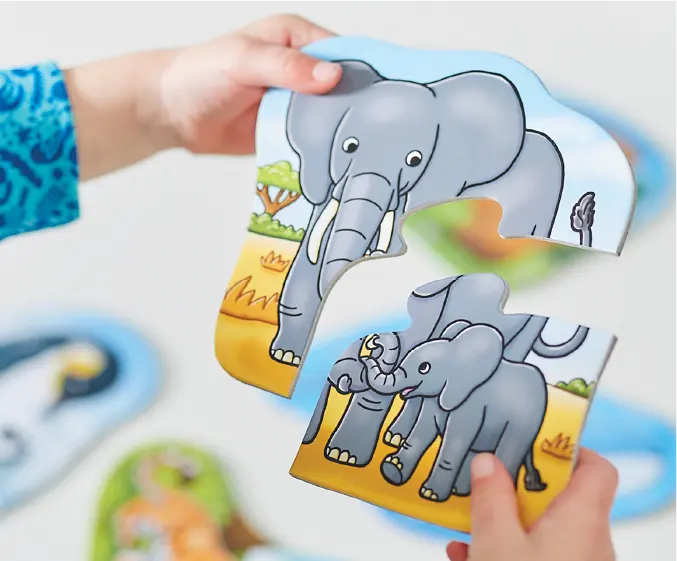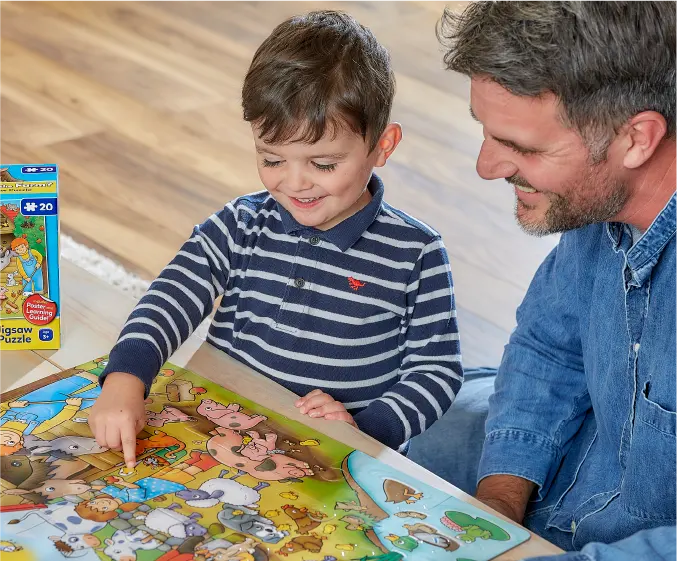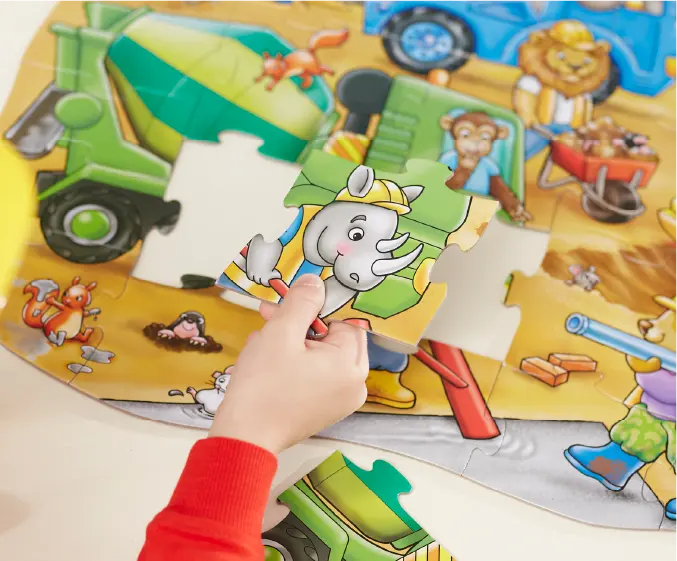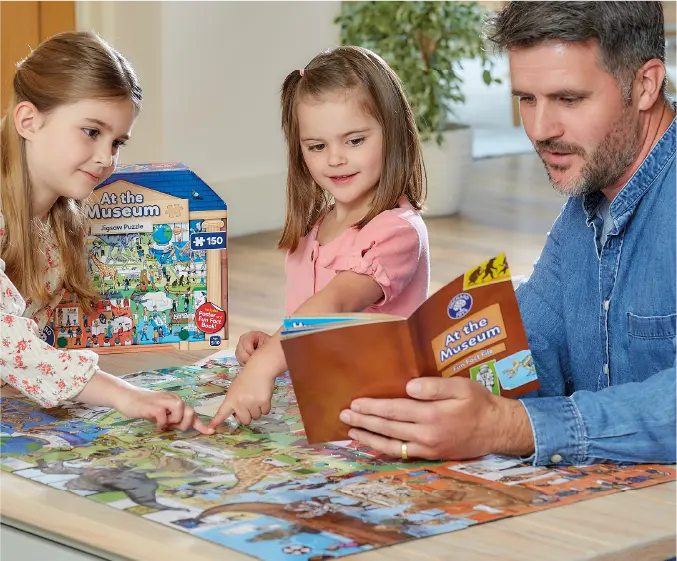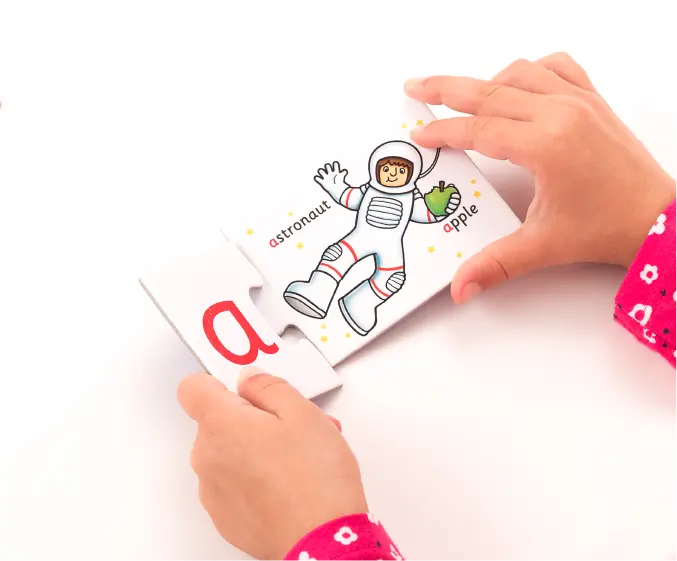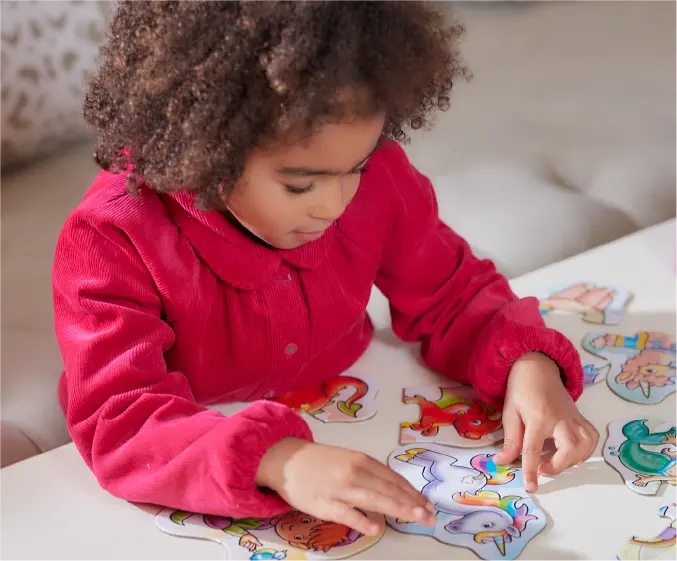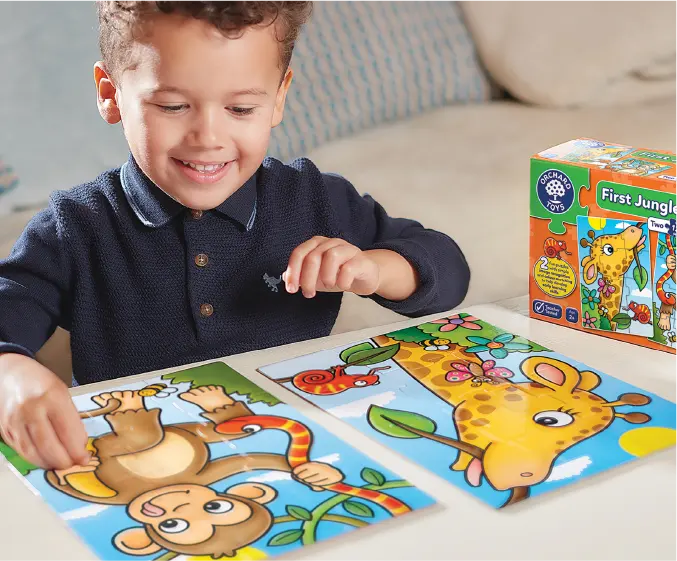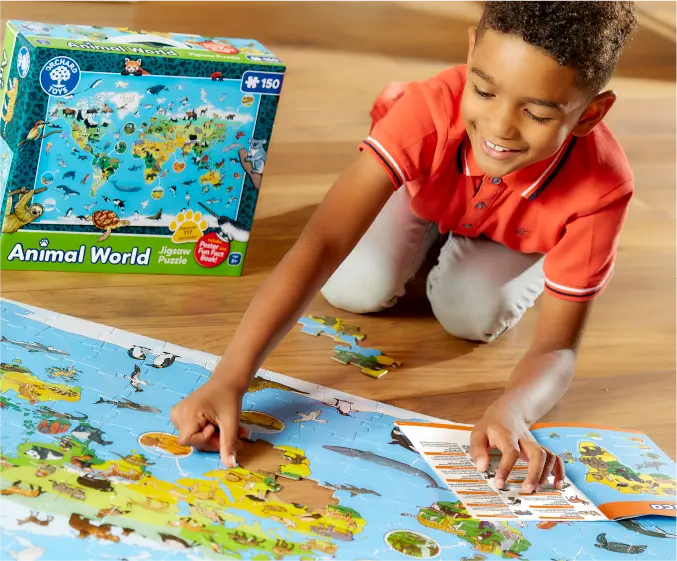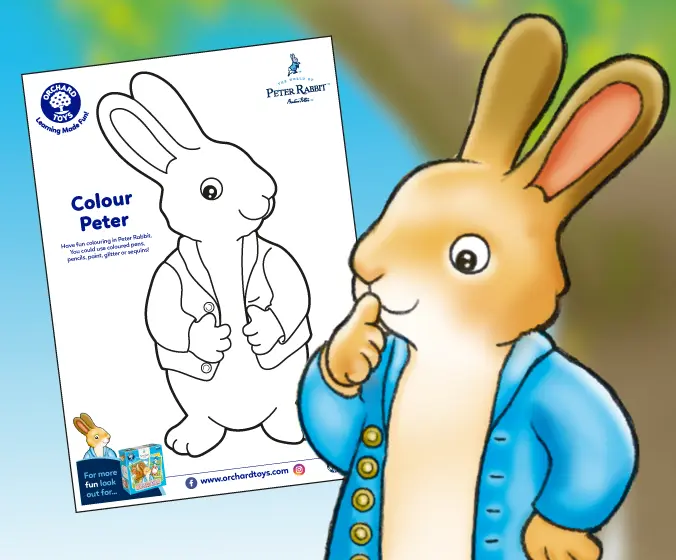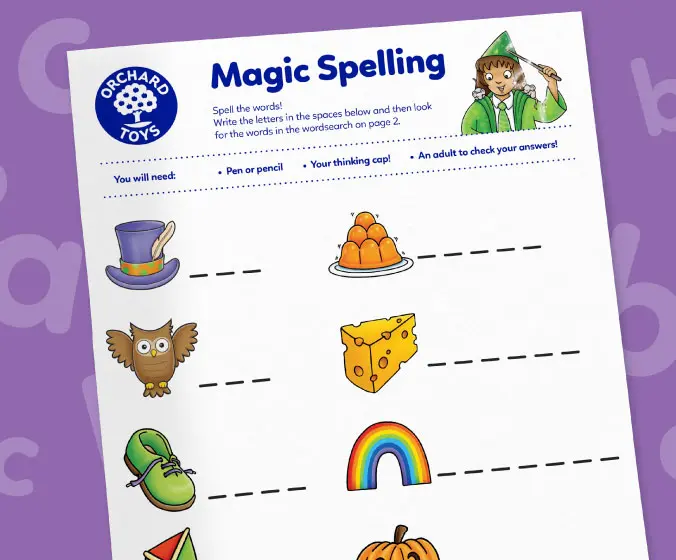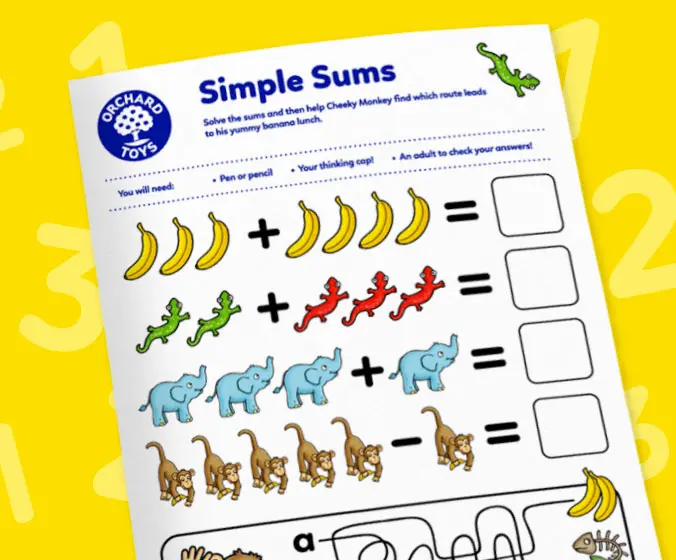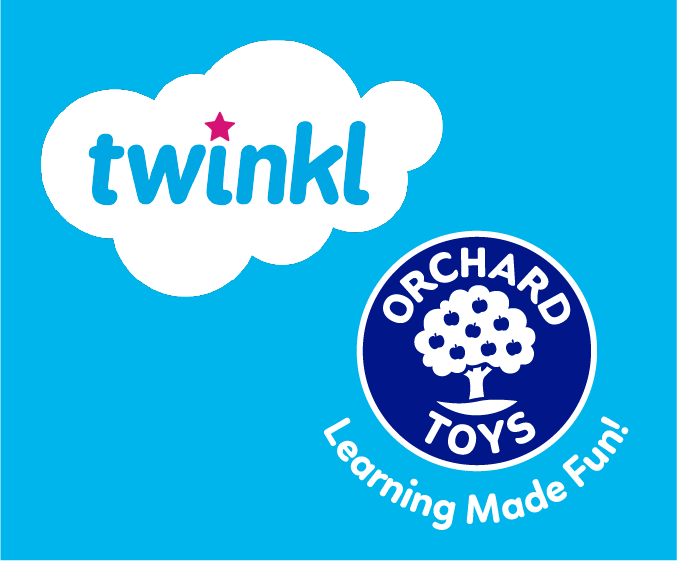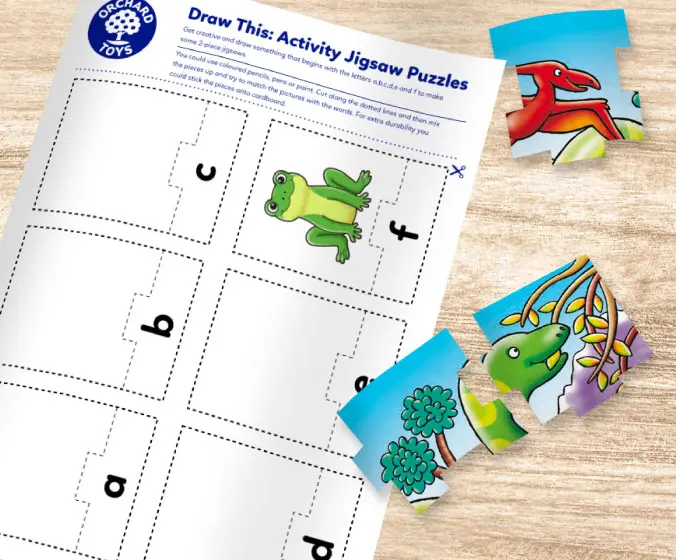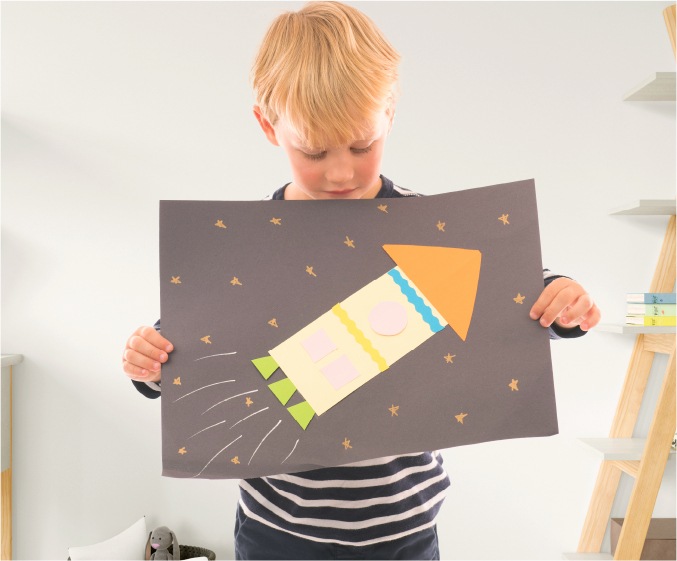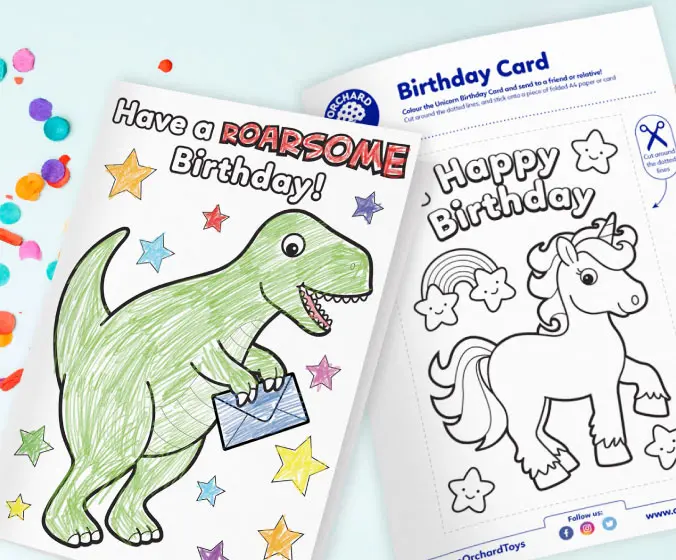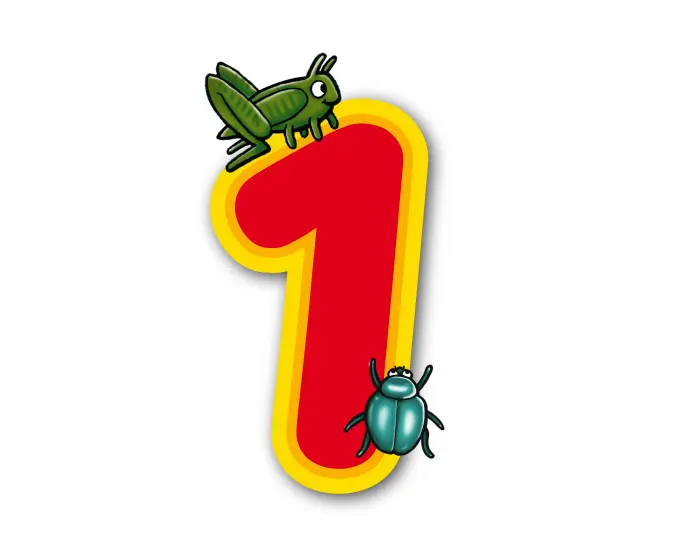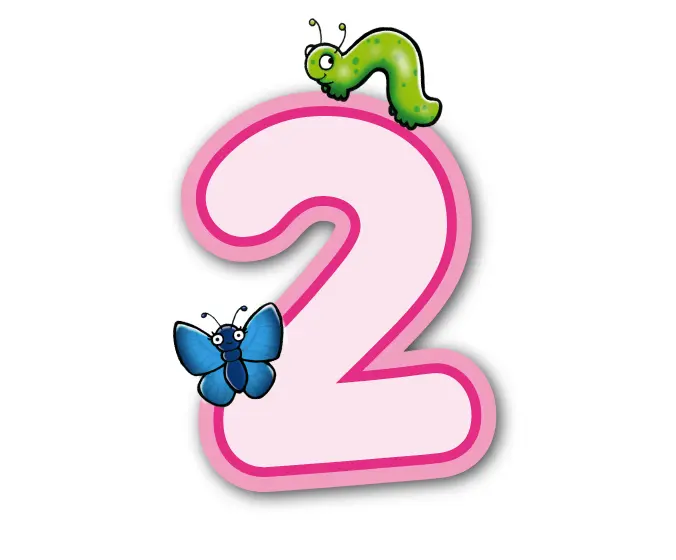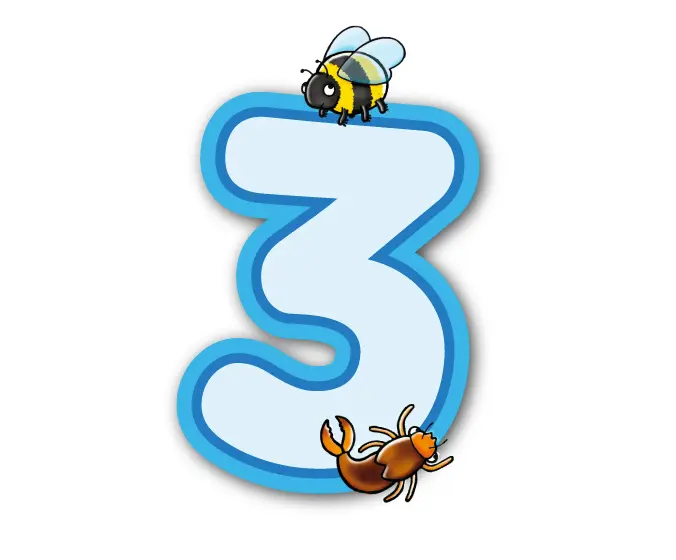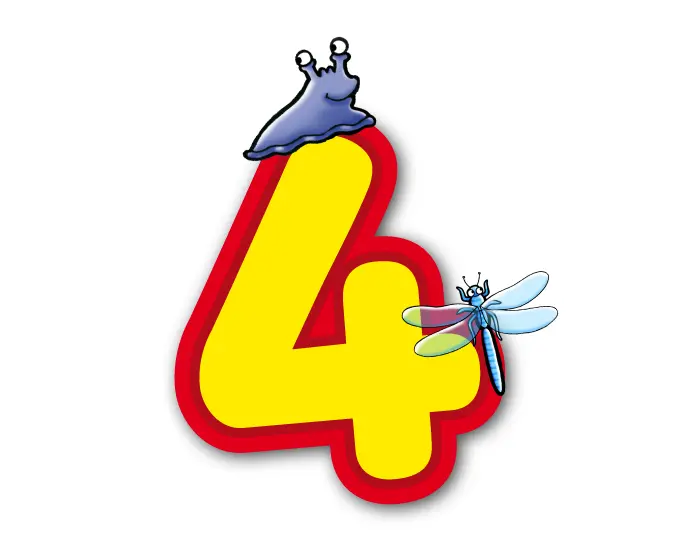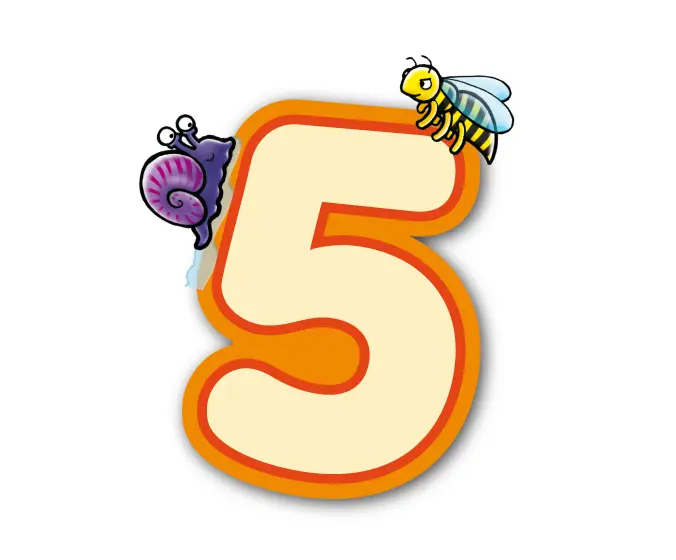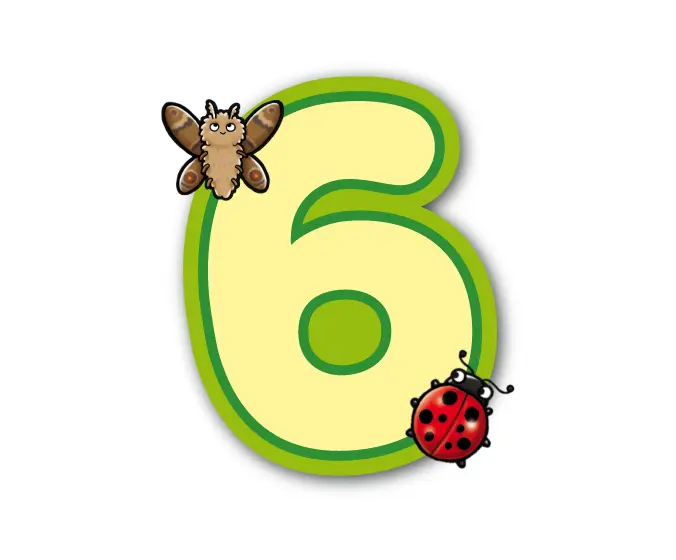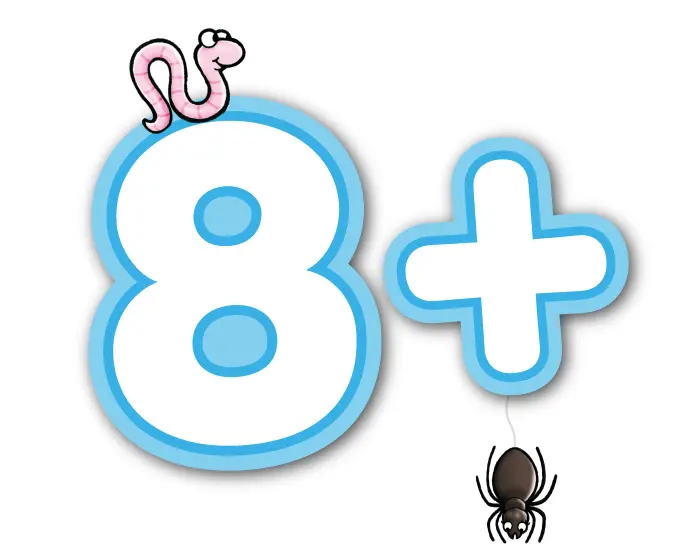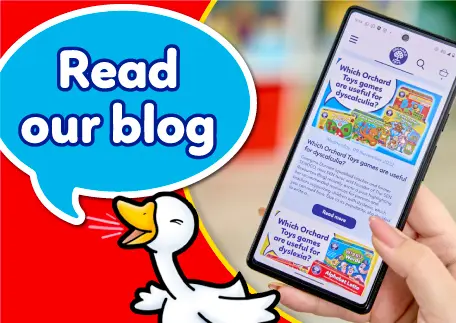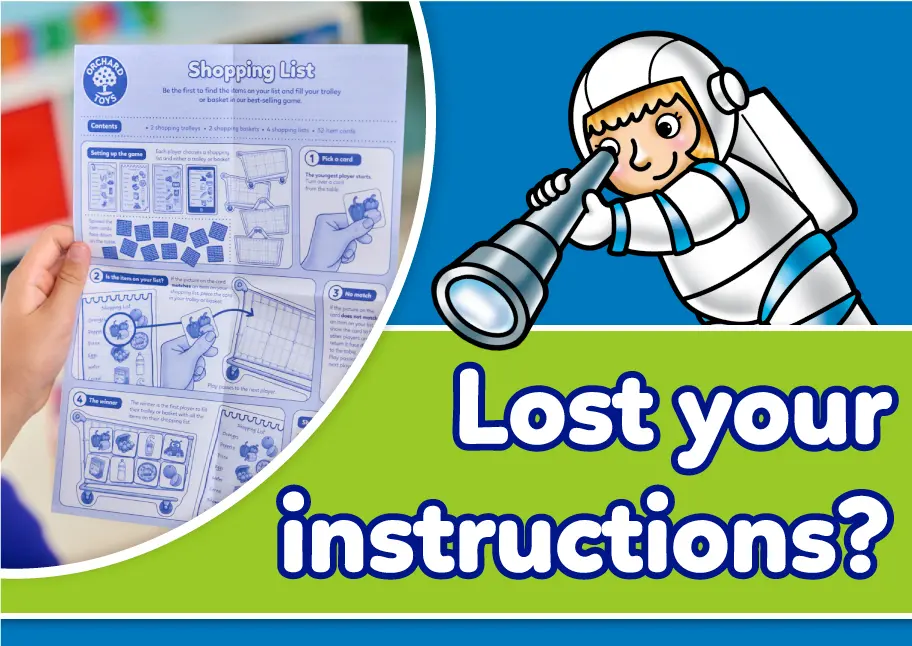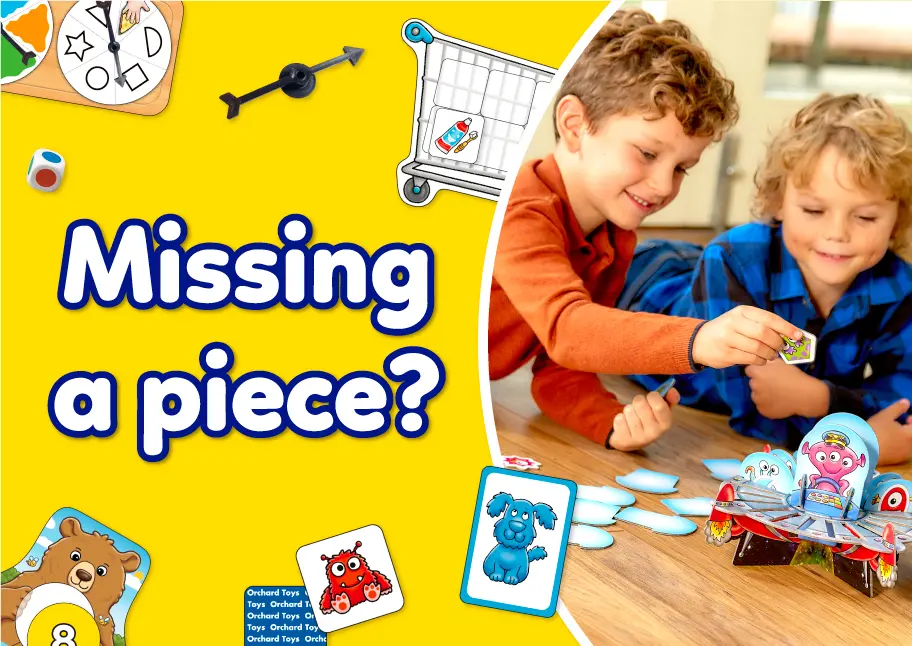The Benefits of Teaching Children About Money
The Benefits of Teaching Children About Money
The Benefits of Teaching Children About Money
In a time of contactless, Apple Pay and online shopping, young children are interacting less and less with tangible money. There are plenty of ways to introduce children to coins and notes, whether this is by introducing pocket money, a visit from the Tooth Fairy or through playing board games. Here’s just five of the benefits that interacting with money can have for children:
- Understanding monetary value - playing with physical money gives children a greater awareness of the value of money and how different costs are associated with items of different values.
- Understanding Scenarios – through role play children can also learn more about real life situations involving money. Playing shopping themed games will help them to understand how to ask for items in a shop.
- Addition and Subtraction Skills – working out how much an item costs or how much change is owed and gathering the correct coins improves a child’s addition and subtraction skills.
- Saving Skills - studies have shown that children who frequently interact with money in their day to day lives tend to have better saving habits when they’re older.
- Understanding different currencies – playing board games with international currencies helps children to understand that different countries have different money. This will also help prepare them for going on holiday to different countries!
It’s great to start familiarising children with money and its value early and playing games is just one way to do this. Some of our free activity downloads (available to download here) are a great way to spend time with young children whilst learning about money. Some other great resources include This is Money and Forbes.
